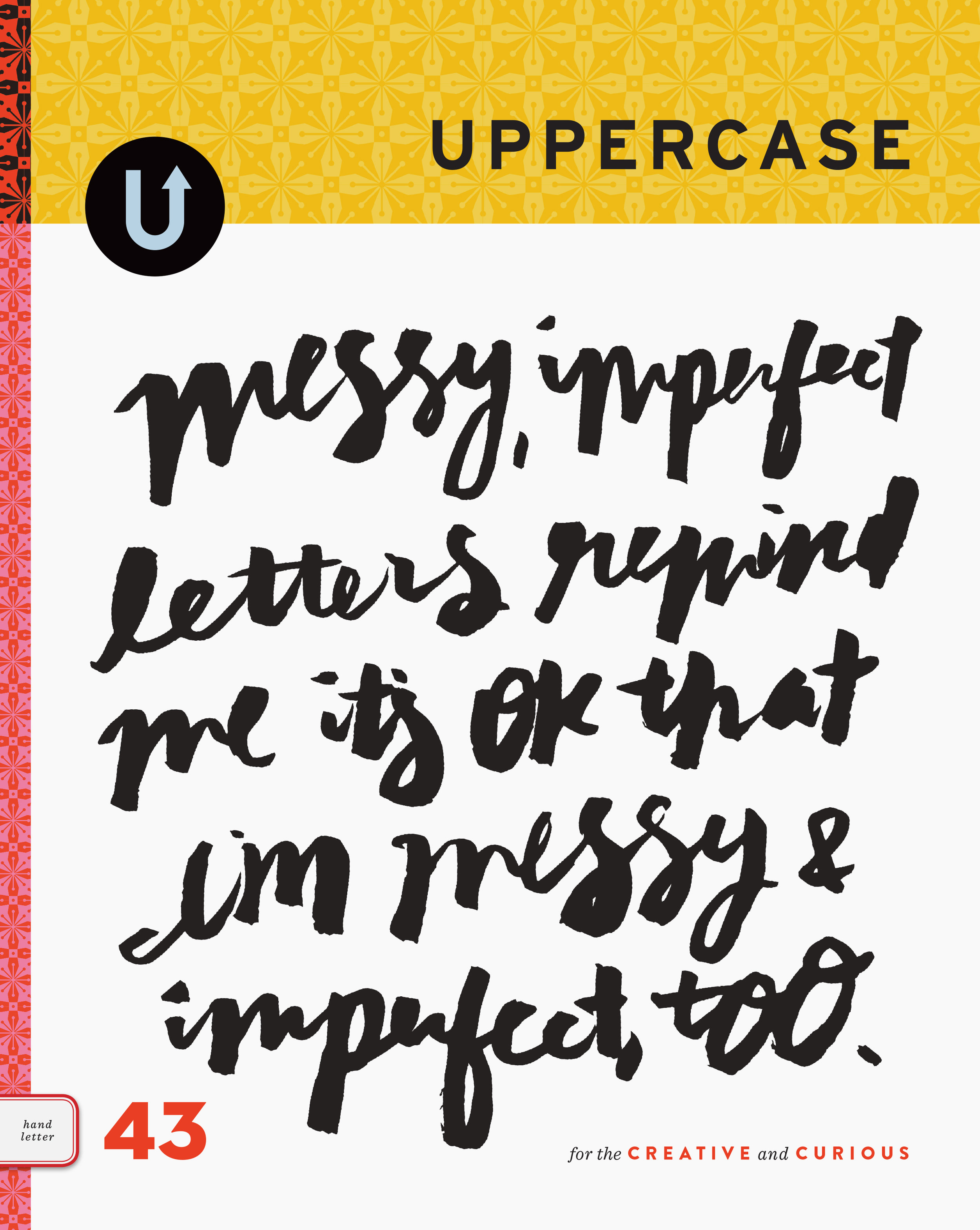Karen Barbé: Colour Confident Stitching
/If you've been reading Stitch*illo, you've likely been enthralled with Karen Barbé's work. Located in Santiago, Chile, Karen's skills as a textile artist (and designer and photographer) are impressive. I was so thrilled when she agreed to be part of Stitch*illo. If you want to delve into Karen's approach to colour and design, I recommend her book Colour Confident Stitching.
Karen's opening spread in Stitch*illo.
Here are some excerpts from my Stitch*illo profile on Karen:
Karen says that through her stitches she translates the worlds of home, crafts and comfort onto textile surfaces. “As an embroiderer I find a deep connection with a vast tradition of needlework, which I contribute to with a fresh look thanks to my design background,” she says.
Karen was using her graphic design background in the corporate world, which she eventually left ten years ago to pursue her passion for textiles. “I realized they were a natural extension of a family tradition,” she says. “Becoming a trained designer enlightened this long, cultivated family practice with new tools, both conceptual and technical. To become a designer honoured this natural and affectionate tradition. Of course I didn’t see it as clearly as I do now. It was more about following my natural creative approach to everything. I’m thankful for how this discipline provided a rationale and methodological container that has shaped and improved my work, regardless if it involves textiles, stitching, photography or, lately, writing.”
Colour Confident Stitching has beautiful colour palettes to inspire your own work.
For Karen, embroidery is a synonym of calm and peace. “It also provides an opportunity for conversation: to discover the interconnection between your eyes, neck and fingers with the fabric, needle and thread. I like to think about embroidery as engaging in a conversation or learning a new language. When we learn to embroider, all your focus is put into mastering the stitch—a precise and guided movement. At the beginning we only observe and get into this conversation step by step, much like making sure we are using the right words and grammar. But when we remember—without thinking—the right direction and sequence of every up and down of the needle through the fabric, that is when we can start having a more fluid conversation. I also like to see it as a negotiation, a set of questions, exclamations and commentaries. The needle and thread develop their own ways and we need to learn how to interpret and decode their signs and warnings, their postures and gestures. It is only after we have repeated a single stitch hundreds or thousands of times that we can engage in an endless conversation without thinking about whether or not we are being precise. It is almost like a dance with technique, shape and colour, all unified among the story, thread and fabric.”
A spread from Colour Confident Stitching.
“Embroidering takes so much time, attention and focus. Sometimes, and depending on the stitches being used, an area as small as one square inch can take up to four hours to complete. And so, approaching thinking, experimentation and creation in design through embroidery means having to reconceive and reshape creative and production methodologies so that they can fit and work with the time demands of today. It is also a declaration of an appreciation of life and design in a slower fashion, where mistakes and corrections are given the necessary time and consideration.”
“I like to think about embroidery as engaging in a conversation or learning a new language.”
—Karen Barbé
Follow Karen on Instagram.












